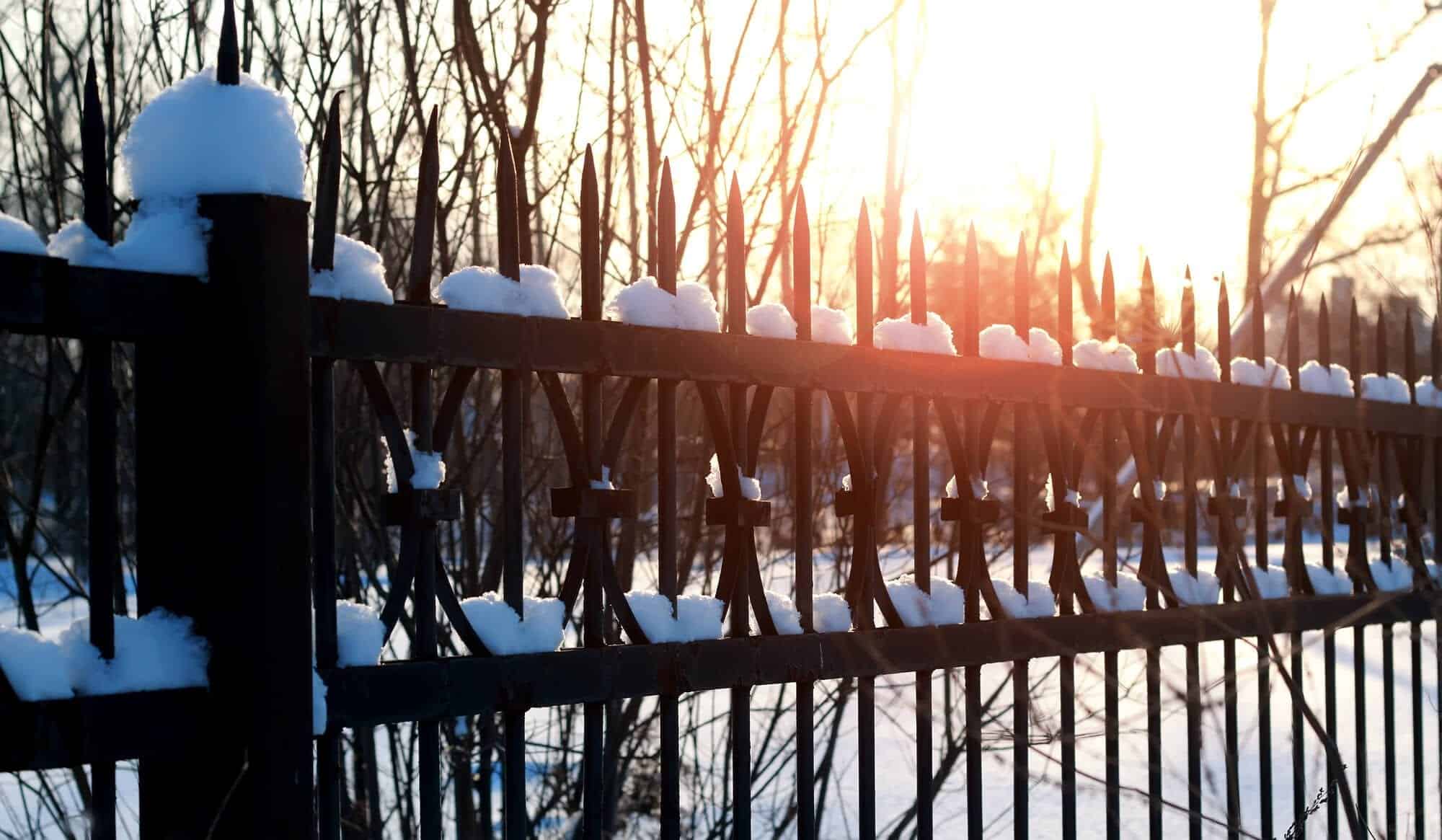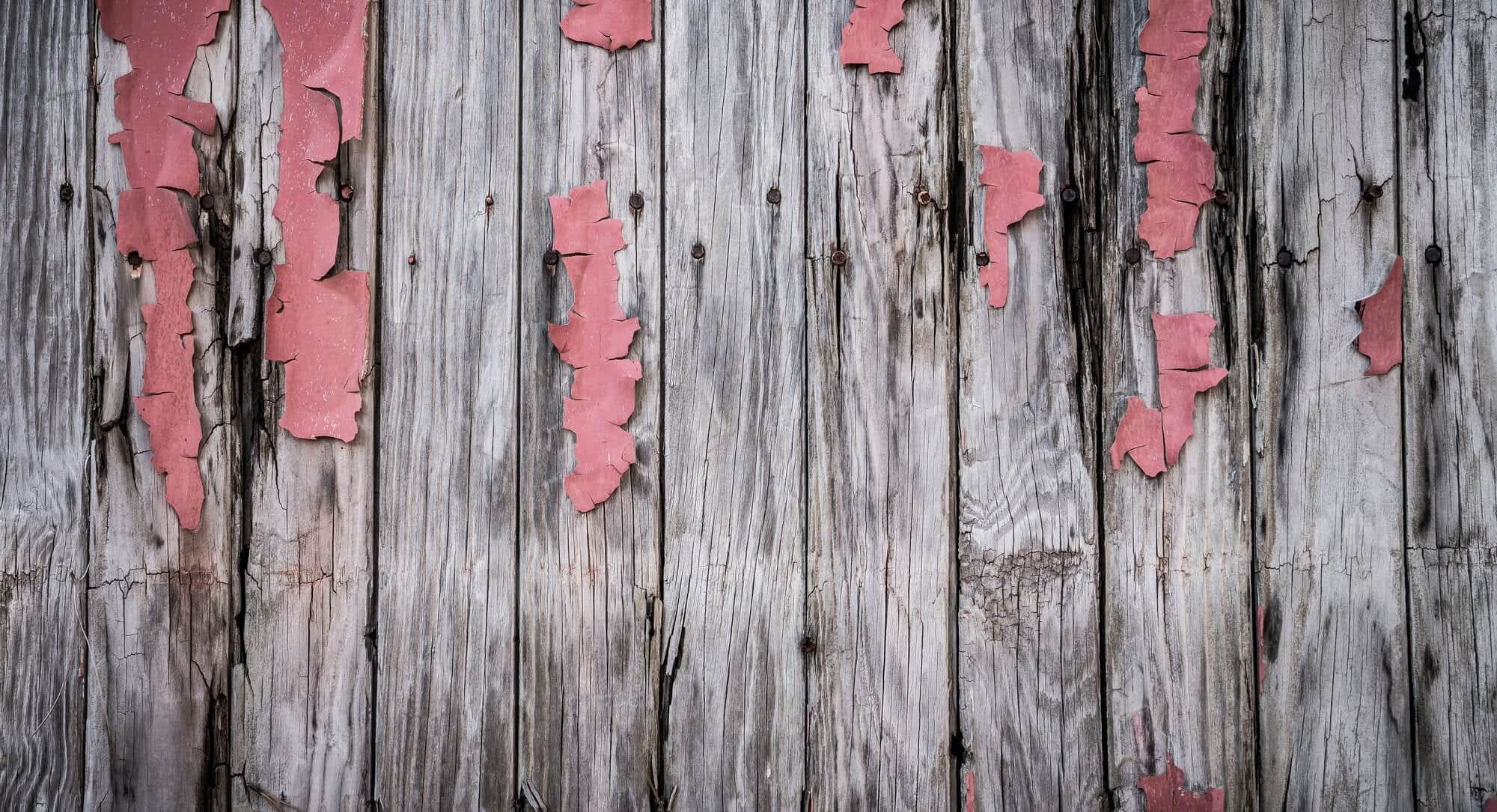Fences are an integral part of a well-functioning property. New homeowners have to install a fence to help keep children and household pets inside while deterring unwanted pests and intruders from entering the property.
Fences live out their lifetime outside, undergoing constant strain from external forces. Unsurprisingly, your home’s fence will take quite a beating over the years, and fence damage is not uncommon.
When installing a new fence or replacing an existing one, consider durable materials that are less susceptible to damage. Keep an eye out for any signs of damage or wear and tear, addressing it right away. With regular maintenance and timely repairs, your fence will continue to act as a protective barrier around your home for years to come.
The Importance of Installing a Durable Fence
Well-constructed fences will last up to 20 years with the correct care and maintenance. Fences make your home and property safer while simultaneously improving curb appeal and increasing property value.
People install fencing on their property for several practical purposes. Some of the many important reasons to install a fence include:
- Privacy
- Establishing a property line
- Keeping in pets or children
- Providing a barrier to busy streets and roadways
- Deterring pests and unwanted animal intruders
- Keeping unwanted human guests away from the property
- Adding to a home’s curb appeal
Fences are essential for properties of any size, but if they continue to fail or fall, they’re of no use to the homeowner. Having a fence made from durable materials is crucial if you want to avoid constant repairs. Work with an experienced fencing company to compare prices and determine which type of fence is the right fit for your property.
Types of Fences
There are various materials that fences are made from, offering versatile style options to match any homeowner’s aesthetic. Choose from any of the following fence styles to add value and functionality to your property:
- Vinyl
- Picket
- Privacy
- Chain Link
- Ornamental Wrought Iron
Although there are other materials available for fencing, these are the fence styles that will truly last. These days, it’s common for a fencing company to avoid installing easily worn fence styles like wood entirely. Your local fencing contractor will be able to point you in the right direction in determining the best fence style for your home.
Why Wood Won’t Last
Like other fencing companies, at Northland Fence, we also recommend against installing a wooden fence. Wood fences made from cedar are often plagued with problems. Between rotting posts, failing cement, and high water retention leading to mold and mildew, wood fences are honestly the worst.
While wood prices continue to rise, fences made from the material continue to fail. Wood fences are extremely susceptible to damage and don’t last nearly as long as other materials. With all that can go wrong with wooden fences, we recommend looking at alternative options if you want to deal with less fence damage over time.
Fence Damage: Finding the Culprit
There are an array of unique ways that your fence can be damaged throughout its lifespan. It’s essential to perform regular maintenance and check your fence each season for signs of structural issues and other damage.
Keep this helpful list on hand to familiarize yourself with common causes of fence damage. Don’t wait to perform repairs unless you want a more expensive bill with your fencing company in the end. Watch out for pesky pests, unpredictable weather, and external forces, which can all pose serious problems for your property’s fence. So, without further ado, let’s find out what’s ruining your fence.
1. Pests
It’s good that wood fences are becoming increasingly obsolete; otherwise, fence damage from pests such as termites, carpenter ants, and wood-boring beetles would be much more prevalent. Although these types of wood-hungry pests aren’t particularly big issues for other fencing materials besides wood, there are still some pest issues that you might run into with a vinyl, chain link, or ornamental wrought iron fence.
Other common fence pests that can cause damage to wood fence alternatives include:
- Hornets
- Bees
- Raccoons
- Squirrels
- Birds
Luckily for homeowners, the pests listed above are much easier to deal with than the damage created by termites, beetles, and carpenter ants. Visit your local home improvement store for some hornet spray or contact an extermination company to remove hives and nests from your fencing. Hornets, bees, and other buzzing insects can attach to any kind of fence, so it’s not unusual to run into this problem at some point.
Raccoons and squirrels take down fences in another way: with their weight. An overfed animal climbing along the tops of vinyl fence posts can cause the material to crack under such pressure. Inspect your fence regularly for animal damage.
Another flying animal that can negatively impact your fence is a bird. Many types of small birds found across America enjoy building nests in whatever hole they can find, including in your vinyl fence post. Patch up any holes you notice right away to avoid having to remove a nest from your fence.
Additionally, birds can wreak havoc on your fence with their frequent fly-by feces drops. Luckily, with vinyl and wrought iron fences, you can simply wash away any bird droppings with water, soap, or a light power washing.

2. Weathering
One of the biggest culprits causing damage to your fence is the weather. Unpredictable weathering events will easily damage any type of fence. It’s critical that you inspect your fence after any significant storms or other events.
Several types of weathering can cause damage to your fence. Here is what homeowners need to watch out for:
- Rain
- Snow
- Hail
- Ice
- Wind
- Sunlight
- Fluctuating temperatures
Moisture, Condensation, and Precipitation
After a severe weather event like rain, snow, or hailstorms, lingering moisture can cause extensive damage to your fence. Excess water after storms and rainfall allows algae, mold, mildew, lichens, and fungi to fester in your fence, breaking down the materials and making your fence structurally unsound.
Additionally, hail can have a severe impact on your fence’s structural integrity. Golfball-sized hailstones are – you guessed it – going to create golfball-sized holes in a vinyl privacy fence. It’s critical that you assess your fence for damage after a hail storm and address any issues expeditiously.
Ice and snow are also known to cause issues for property owners and their fences. If you live in a place like the Midwest, heavy snowfall and cold snaps are not uncommon. On busy stretches of street, plows can pile heavily packed snow up against fence posts. The pressure from the snow’s weight will undoubtedly cause structural damage or even cause vinyl picket fence posts to crack and break entirely; heavy ice buildup will do the same.
Wind
It will probably come as no surprise that wind will cause damage to a fence when powerful gusts are at play. Fence posts placed at improper depths in the ground are more likely to get knocked over when heavy winds arise. Working with an experienced fencing contractor to install your new fence is an excellent way to avoid this type of damage.
Sunlight
Sunlight is another factor to consider when it comes to fence damage. The bright, intense rays of the large, gaseous star can easily cause discoloration to different types of fences. This type of damage will be more noticeable on darkly colored vinyl fences.
Temperature Fluctuations
Finally, fluctuating temperatures are the last weather condition known to cause damage to the fence’s structure. Temperature changes from low extremes to high make the soil either too dry or too saturated. The effects on the earth then lead to fence posts pulling up from the ground. Fast temperature fluctuations are also known to create cracks in vinyl fences by warping the material.
3. Physical Forces
The final way to ruin your home’s fence is with physical force. This problem is probably one that you won’t run into too often, but there is still a slight chance that some physical disturbance will occur.
The most common type of fence damage caused by physical force is typically thanks to the family’s beloved bone-burying friend. Dogs are well-known culprits causing extensive fence damage in an array of ways, including:
- Digging
- Jumping
- Climbing
- Scratching
- Chewing
- Going to the bathroom
It’s best not to leave your barking buddy unattended, especially if they are known to leave a trail of disasters in their wake. With enough force, pets can take down your fence in an instant.
Like a hyperactive dog, humans are able to take down a fence too. Climbing and jumping both create unnecessary pressure on fence posts and pickets, potentially leading to cracks, broken posts, or a structure that is completely toppled over in the end.
Although sturdy styles like chain link are tempting to try and jump, it’s best to keep wandering kids (and unruly adults) from hopping over your fence to avoid any irreversible damage.
What to Do When Your Fence Is Damaged
Fence damage is a home improvement project that shouldn’t get relegated to the back burner; instead, make it a priority on your “honey-do” list. Each season, perform a thorough inspection of your fence for any signs of structural integrity issues caused by pests, weather, or physical forces. Deal with the damage right away to ensure your fence functions properly and extend its lifespan.
To take care of fence issues arising thanks to unwanted pests, invest in an exterminator, or take matters into your own hands if you’re brave. Home improvement stores like Home Depot or Lowes keep plenty of pest killers in stock so homeowners like you can eradicate hornets, bees, and other insects or bugs from your fence.
For damage from squirrels, raccoons, and other animals, it might require you to contact a fencing company to fix any holes or replace broken fence posts. Physical damage from pets and fumbling family members will warrant a call as well.
Weather damage is a bit more challenging to deal with on your own. Cracks, broken pickets, or fence posts that are pulling out of the ground are all cause for you call your local fencing company too. Usually, if the problem is only affecting a particular area or specific section of a fence, it can be easily replaced for a small fee. If you decide to let weather damage linger, don’t be surprised when you need a total fence replacement in the future.
Perhaps the most annoying problem to handle out of the whole bunch is damage from lingering moisture. Although green fences are common in construction, they are not good when it comes to the one on your property. Removing green algae from fence materials like vinyl requires renting a pressure washer if you don’t already own one.
Gently hose down the fence’s surface with a light pressure washer to free it from the troublesome algae. Doing this helps remove the unsightly algae and will hopefully eradicate any awful smells associated with the substance. Once the green algae are gone, your fence should be good to go once again. Like all other fencing issues, it’s best not to let an algae issue go on for too long, lest you need a total replacement after some time.
Wrapping Up
Owning your own home is an exciting feat in itself, but any property will involve some regular upkeep. Taking care of your property’s fence should be a priority, as it acts as a protective barrier around your home and family. Be aware of the annoying pests and strong natural and physical forces that can cause you fence issues. Whether you need some quick fixes after a severe storm or require a total replacement of your existing fence, an experienced fencing company like Northland Fence can help return your fence to its most stable condition.

